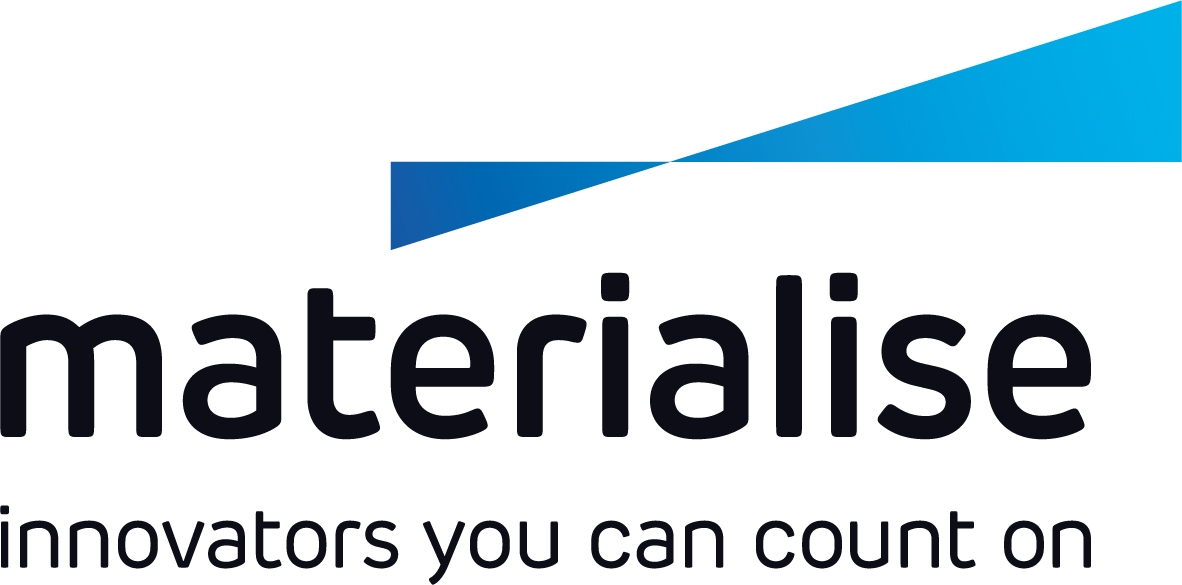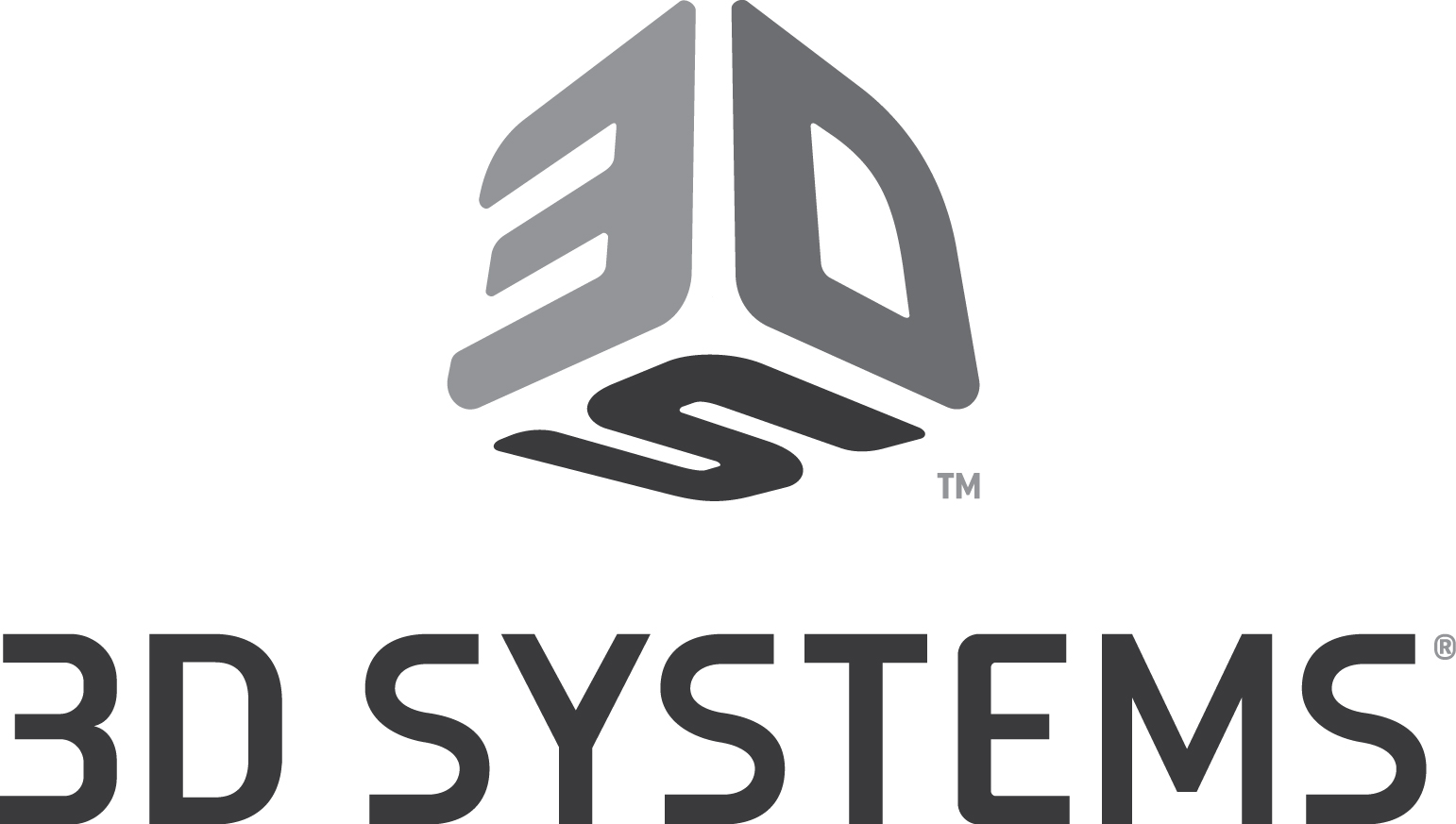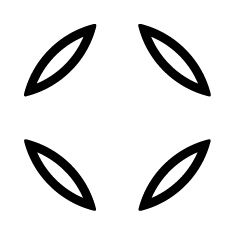
The purmundus challenge 3D and 4D printing design award was presented for the seventh time in Frankfurt on 21 November 2019 as part of the Formnext exhibition. A total of seven submissions received the coveted gold trophies.
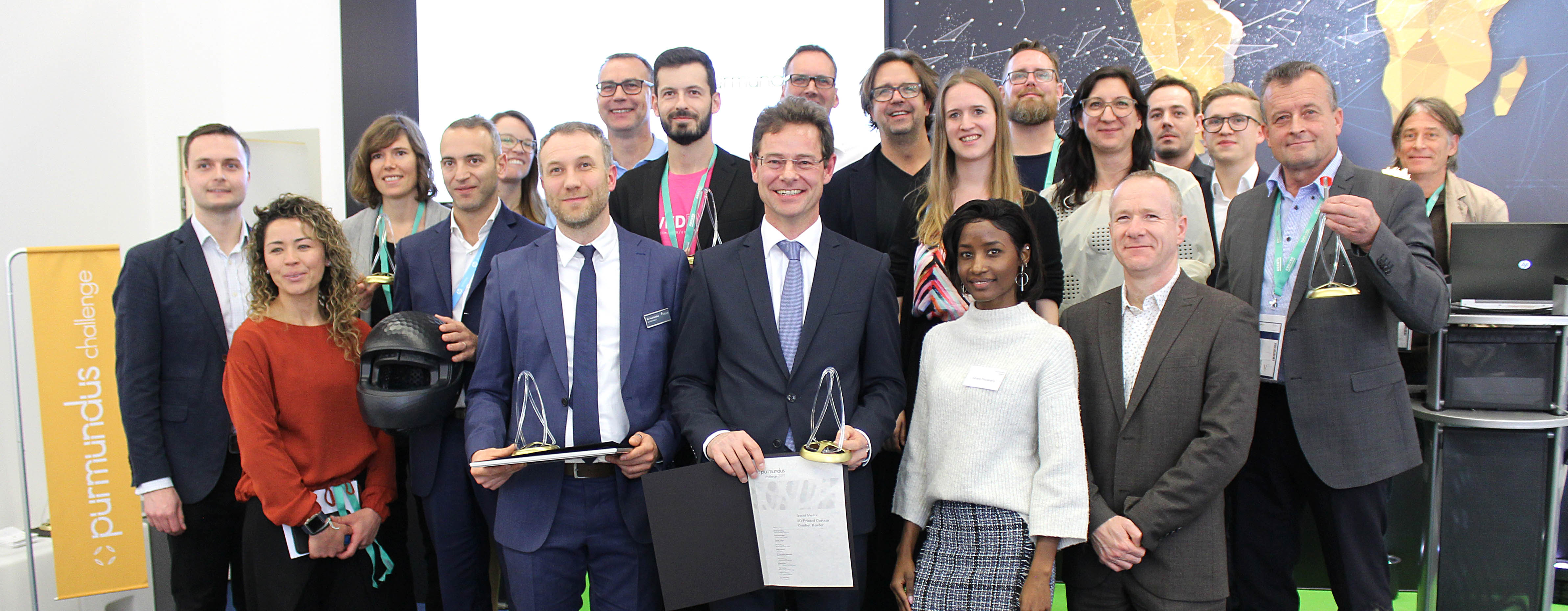
In 2019, the purmundus challenge sent a clear signal for quality in the 3D and 4D sector. “Additive production is being used in much more innovative and practical ways than it was several years ago,” said Corinna Ray, the organiser of the purmundus challenge. The award-winning solutions demonstrate a perfect interpretation of aesthetics and functionality. “3D and 4D printing in particular allow unique forms that cannot otherwise be achieved,” added Christoph Behling from Christoph Behling Design Ltd., who is on the panel for the purmundus challenge. Now more than ever, companies, institutions, universities, design studios and start-ups are becoming aware of 3D and 4D printing as a key field for industry as part of the economy.
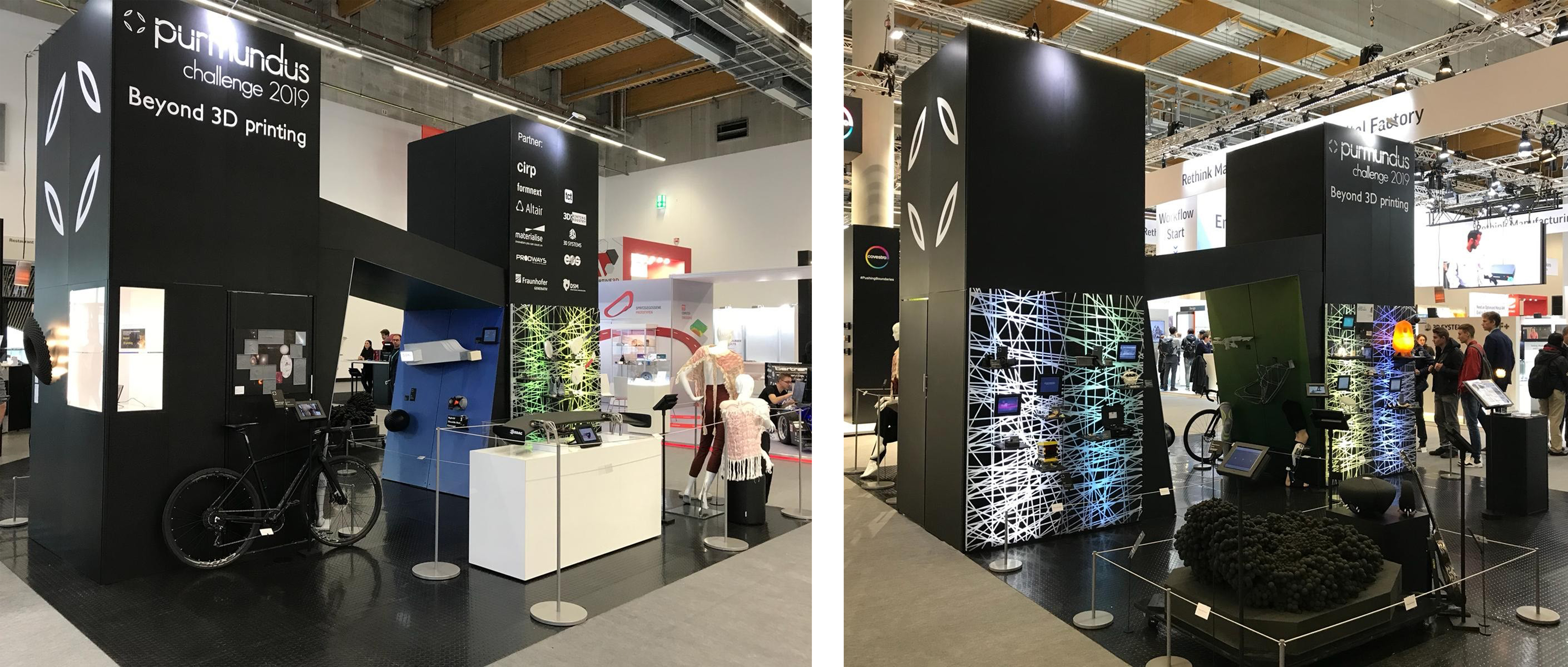
From 19 to 22 November 2019, 38 finalists from 18 different countries across five continents presented their outstanding designs on the theme of “Beyond 3D printing” at the Formnext exhibition. They offered fascinating insights and ideas regarding how products can be individually designed, and the role of 3D and 4D printing in this context.
This year’s winners are:
1st prize: Stealth Key
UrbanAlps AG I Dr. Alejandro Ojeda

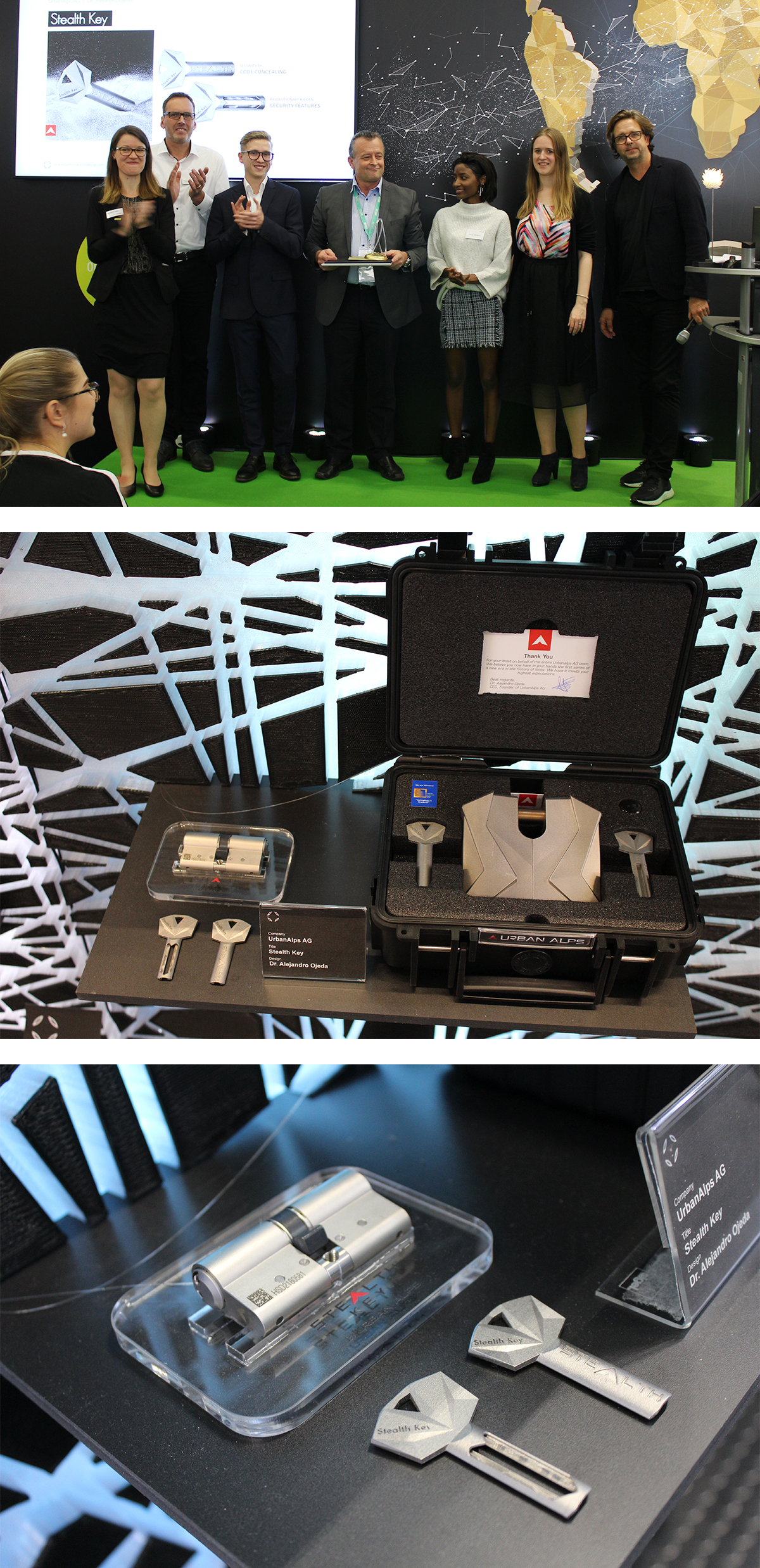 Smart. Simple. Seriously secure.
Smart. Simple. Seriously secure.3D printing threats and Stealth Technology the risk and the solution
Your organisation is vulnerable. Only this time the threats aren’t digital but physical. While your brightest talents build impenetrable defences to protect your organisation from cyber risks, the perimeter security that safeguards your company’s most valuable assets is under threat. Any individual can infiltrate your organisation, gain access to your high security keys using simple and readily available 3D printing technology and duplicate them without trace.
For millennia keys have essentially been sheets of metal with holes, today thanks to 3D metal printing, the mechanical security key can be turned inside out and deliver unparalleled levels of duplication security.
Stealth Technology harnesses the power of industrial 3D metal printing to deliver superior key copy protection. Employed in the production of high strength components for satellites, jet engines and gas turbines, UrbanAlps’ advanced technology is a key component in providing an unrivalled, market leading mechanical key solution to mitigate duplication risks.
Providing the highest level of security protection, Stealth Technology provides a physical key and cylinder system, where the code is neatly hidden under robust narrow ledges to avoid duplication. For our clients, this provides ultimate confidence that their high security keys are unscannable and work independently of digital systems. Our market leading solutions can be retrofitted to existing doors and locks to prevent physical security breaches.
Hidden codes
Stealth Technology employs state of the art 3D metal printing technology to produce physical superalloy keys where the codes are completely concealed ensuring maximum protection from duplication. Hiding the code under the narrow edges ensures the key code cannot be photographed or scanned. Keys are custom made and individually coded.
Proudly engineered in Switzerland
Founded by pioneering Swiss engineers with aerospace expertise, UrbanAlps’ advanced Stealth Technology fuses clever engineering with innovative and detailed craftmanship to deliver game changing security. Stealth Technology can be found in all of its mechanical key and cylinder applications, as weil in the company’s superalloy Stealth Padlocks.
Purely mechanical
Stealth Keys are produced by laser melting layers of superalloy powder, the same technology used in the production of high strength components for jet engines and gas turbines. This purely mechanical solution requires no electronics or magnets, just smart, simple and reliable mechanics.
Trusted solutions
Today, conventional keys provide little barrier to unauthorised duplication by 3D printing. This exposure has driven many organisations to add layer upon layer of expensive electronic security, increasing the risk of reliability issues as weil as additional security exposures. In some security scenarios using keys reliant on chips, network access, batteries and other digital systems is simply undesirable, unreliable and creates digital vulnerabilities of their own. The patented Stealth Key provides maximum duplication security, which can be used either in combination or independently of other digital solutions.
Your enterprise partner
Developed in its advanced engineering labs in Zürich Switzerland, UrbanAlps’ patented Stealth Key employs 3D Metal Printing technology, high-end manufacturing for high-end security. Stealth Keys look and function like traditional mechanical keys but unlike common keys their unique design offers superior levels of protection against unauthorised duplication. Custom made cylinders fits standard European, US and Scandinavian profiles. Two factor authentication such as chips and sensors can be added to Stealth solutions, however the core benefit is the key’s standalone security profile. The company is currently engaged in a number of projects across Europe with firms seeking to update their security solutions with Stealth Technology. With offices in Zürich, Dubai and Hradec Kralove (the Czech Republic), UrbanAlps AG is experiencing rapid growth to respond to the increasing demand. Our high-tech company structure enables us to offer flexibility, customisation and scalability for those organisations seeking ultimate confidence in mechanical keys as part of their security architecture.
Laser based serial production
- Exclusively made in factories
- Custom made cylinders
- Custom key branding
- Master keying and keyed alike possibilities
- Coloured key head for easy identification
- Individual key labeling
- Energy and utilities
- Governmental assets
- Oil and Gas
- Military facilities
- Data centres and corporations
- Border control & Airports
- Secure Transport & Logistics
- Manufacturing facilities
2nd prize: Hydrophytes - 4D Printing
Victoria University of Wellington I Nicole Hone

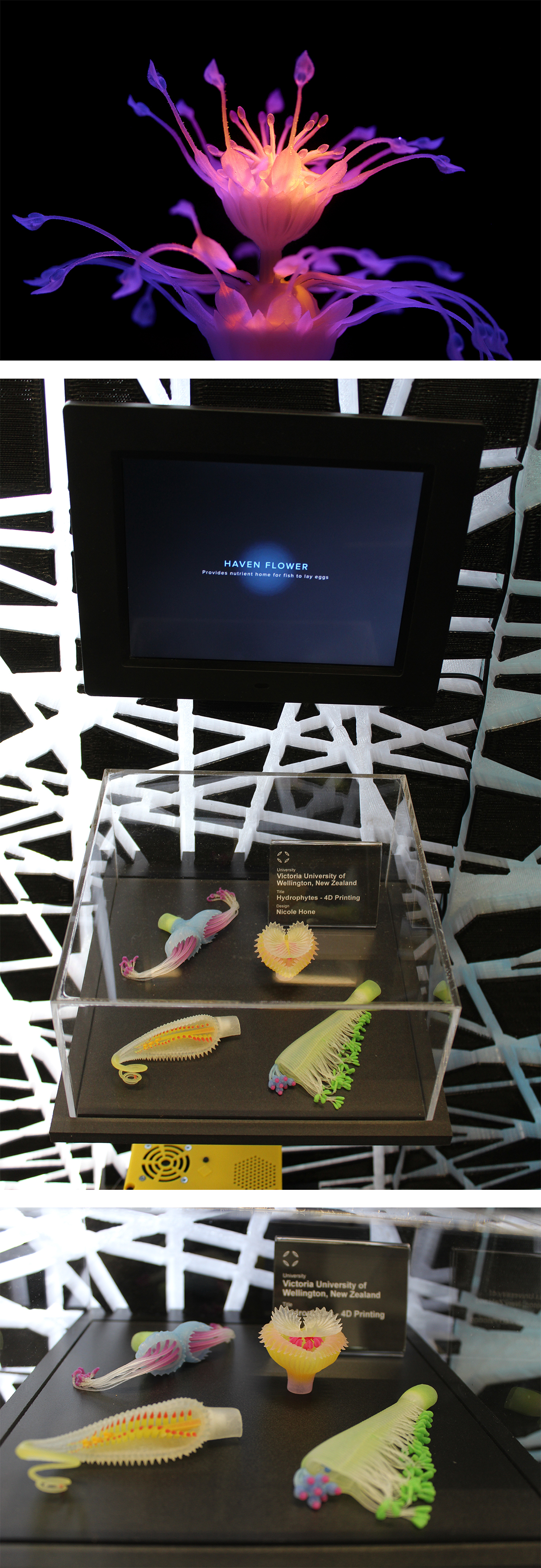 The Hydrophytes are a series of five futuristic aquatic plants created as part of an industrial design master’s thesis. They showcase an innovative approach to designing organic movement with multi-material 4D printing. With the added dimension of time in 4D printing, the designer’s role extends into choreographing the performance of objects. Blooming, stretching and snapping like intelligent creatures, the Hydrophytes embody surreal hybrids of terrestrial flora and oceanic fauna. These Hydrophytes are created with Stratasys PolyJet technology that allows blends of rigid and flexible resins to be printed within a single object, known as digital materials. Despite the presence of this technology over the last decade, few have fully utilised the opportunity to create variable flexibility or explored the unique behavioural qualities of digital materials. The Hydrophytes demonstrate a range of complex organic movements and personalities, previously unexplored with PolyJet technology and challenging to create with traditional manufacturing methods.
The Hydrophytes are a series of five futuristic aquatic plants created as part of an industrial design master’s thesis. They showcase an innovative approach to designing organic movement with multi-material 4D printing. With the added dimension of time in 4D printing, the designer’s role extends into choreographing the performance of objects. Blooming, stretching and snapping like intelligent creatures, the Hydrophytes embody surreal hybrids of terrestrial flora and oceanic fauna. These Hydrophytes are created with Stratasys PolyJet technology that allows blends of rigid and flexible resins to be printed within a single object, known as digital materials. Despite the presence of this technology over the last decade, few have fully utilised the opportunity to create variable flexibility or explored the unique behavioural qualities of digital materials. The Hydrophytes demonstrate a range of complex organic movements and personalities, previously unexplored with PolyJet technology and challenging to create with traditional manufacturing methods.
The concepts are 3D modelled using Rhino and Grasshopper with ZBrush. This allows control over the shape, surface texture, inner structure and material combination. Each design has a sealed chamber which enables it to activate independently through pneumatic inflation. For the film, the 4D prints are connected to a series of hand-held pumps, submerged in water and given the addition of colour through an LED projector. Contextualised within the film, the Hydrophytes encourage thought about the health of our future climate and the role of design in connecting man and nature.
These Computer-Generated Objects (CGO) take advantage of both the digital world, with its versatility and efficiency in form-making, and the physical world, where objects can respond to the environment, humans and other printed objects. This response happens in a way that is natural and conforms to the ‘rules’ of real life as opposed to computer animation. The project brings the digital and physical worlds closer together for the designer and audience alike. With the alluring visual effects seen in movies, there is a desire to reach out and touch the objects behind the screen. The Hydrophytes represent the new concept of Tangible Animation; bringing objects to life in the same world as the audience with multi-material 4D printing. This new technique is advantageous for the film and exhibition industries where immersive experiences are a growing trend. Film props created with this technology could help prompt genuine reactions from actors. Cinematic ‘magic’ can be transformed into authentic physical encounters within theme parks and offer multi-sensory experiences in educational settings such as museums or aquariums.
This project shows how the world of 3D/4D printing is entering exciting territory where objects can be created with compositional and dynamic qualities akin to natural biology. To view the Hydrophytes please visit http://vimeo.com/nicolehone/hydrophytes-4d-printing.
The film is true to life, with no effects created in post-production.
3rd prize: Monolithic Rocket Chamber
CellCore GmbH I Dr. Paul Schüler I Andreas Krüger

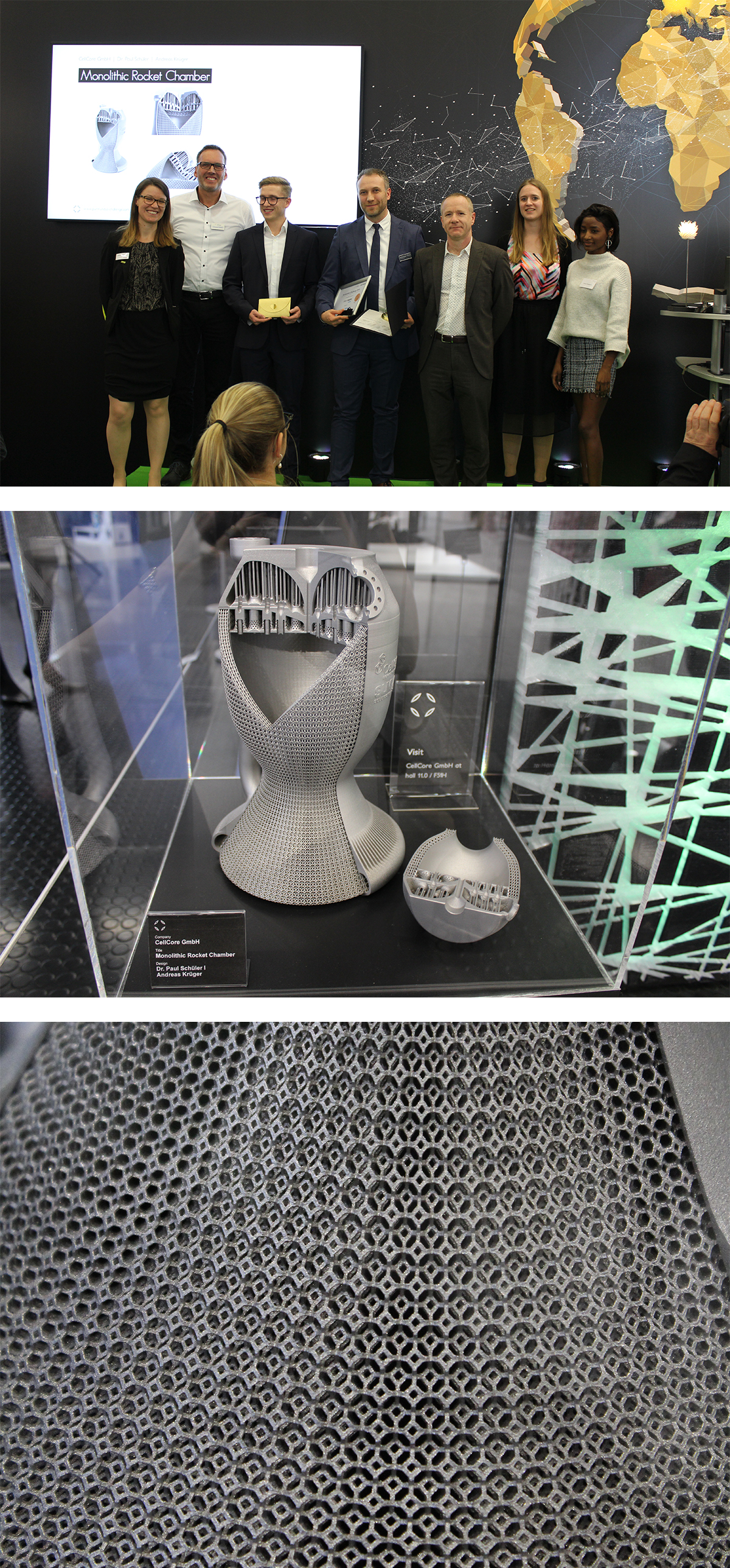 Monolithic and multi-functional Rocket engine concept
Monolithic and multi-functional Rocket engine conceptIn order to demonstrate the potential and the benefits of metallic, powder bed-based 3D printing for space flight, CellCore GmbH and SLM Solutions Group AG developed a highly complex rocket engine demonstrator that combines a fuel inlet, injection head, thrust chamber and innovative structural cooling concept in an integral design.
The core element of the demonstration piece is the functionally optimized lattice structure integrated into the chamber wall, which in addition to providing the necessary stability, but also offers opportunities for cooling by efficiently conducting heat away from the thrust chamber’s internal wall by actively circulating liquid hydrogen. This structural cooling is a significant improvement over conventional approaches such as concentric milled cooling channels. It offers an ideal ratio between stability and the amount of material used, and boasts low flow resistance combined with a large reaction surface. Not only does this make it more efficient, but additional functions are also integrated. The hydrogen that is circulated through the cooling structure is subsequently mixed with the oxygen in the upper section of the engine, channelled into the combustion chamber via the numerous injection heads, and can then be ignited by a spark plug element.
Production-optimised Design
The engine was designed to ensure that production could be implemented with the minimal use of support structures, which would have required labour-intensive finishing work. SLM Solutions supported the project in this regard by assisting the production-related design of the highly complex component in order to prepare it in the best way possible for the Selective Laser Melting process. This included developing specific parameters for the component geometry, including downskin optimisation and the ideal orientation of the component within the design envelope. In order to avoid errors, critical production areas were also identified and important specification parameters for design modifications were determined using local test-builds. To satisfy the aerospace industry’s high material requirements, the engine was manufactured in the nickel superalloy IN718 on the SLM®280 selective laser melting machine.
N718 is a precipitation hardening material with exceptional tensile, fatigue, creep and breaking strength up to 700°C, and it has already been successfully validated in real, additive application scenarios. This makes IN718 an important alloy for aircraft and gas turbine components as well as numerous other high-temperature applications, such as rocket propulsion engines. When processed conventionally, the hard material is difficult to machine and causes extreme tool wear. Despite its complex structure, post-processing is minimized, thus avoiding high levels of tool wear.
After just a few design iterations, a final design was arrived at that allowed the complex component to be produced within a time frame of just 5 work days using SLM® technology. Compared to the period of around half a year required to manufacture a comparable engine by conventional means, the project therefore indicates the substantial potential savings that additive production and optimised design can offer.
Special Mention: 3D-Printed Curtain Comfort Header
Diehl Aviation Laupheim GmbH I Andreas Henneberg

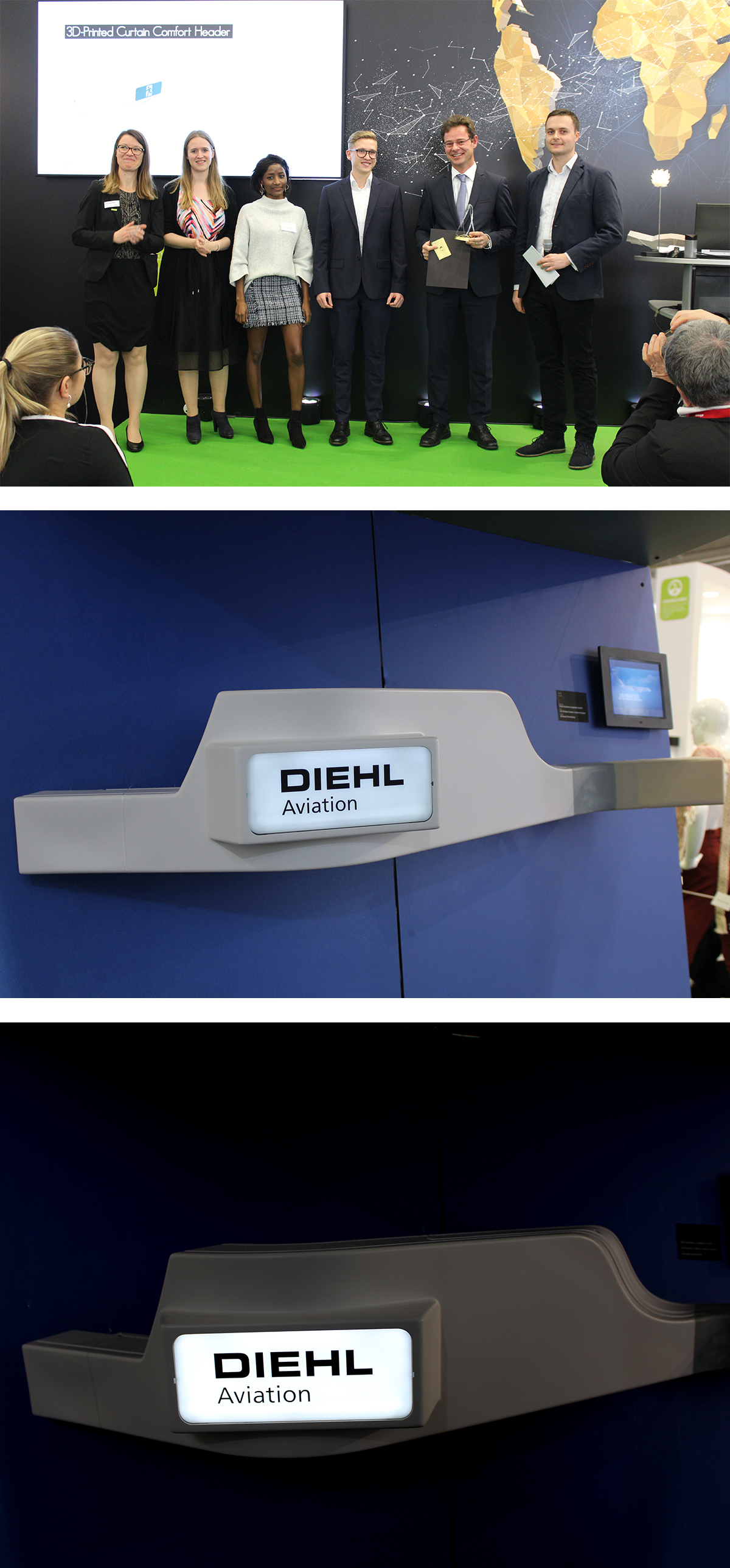 Comfort curtain header is a vision of the future
Comfort curtain header is a vision of the futureThe curtain comfort header as a cabin interior part supports and covers the curtain rails to secure a light and noise restrictive class deviation. Due to individual cabin design, those parts are characterized by high variation and low mechanical requirements. Maximum dimensions are currently 1140 mm x 720 mm x 240 mm. Due to the complexity, curtain comfort headers were originally made from hand layered composites. Diehl Aviation managed to 3D print and fully qualify this complex part with fused deposition modeling using ULTEM 9085 on a Stratasys Fortus 900mc machine. The 3D printed curtain header is the largest series-production part made with additive layer manufacturing for cabin interior applications as of today. First series production parts are delivered and in service with Qatar Airways since Q1 of 2019.
Concept
Diehl Aviation uses fused deposition modeling with ULTEM 9085 on a Stratasys Fortus 900mc machine to manufacture the curtain comfort header. Ultem 9085 is certified by EASA and the FAA. The 3D printed curtain header fulfills all requirements regarding mechanical loads, FST and heat release. The certification for delivering 3D printed curtain headers with EASA Form 1 has been granted. Using tool-less technology, Diehl Aviation enabled short lead-times and a huge degree of freedom for the designer. The integration of functionalities into the printed parts, e.g. wiring canals, brackets, exit sign plates, offers a huge potential for cost savings. Airliner or OEM logos can be printed directly onto the parts to create a more individual design for the customer. Besides the high degree of customization, the 3D printed curtain headers enable the utilization of complex 3D printing for series production of cabin interior parts. As a result, numerous advantages such as reduction of production lead time, functional integration and hence a reduced number of parts can be realized.
For more information about the 3D-Printed Curtain Comfort Header click here: https://www.highlights-diehlaviation.com/en/3d-printing-for-complex-cabin-components/
Innovation Prize: 3D-printed miniaturized endoscope
Institut für Technische Optik, Universität Stuttgart I Andrea Toulouse

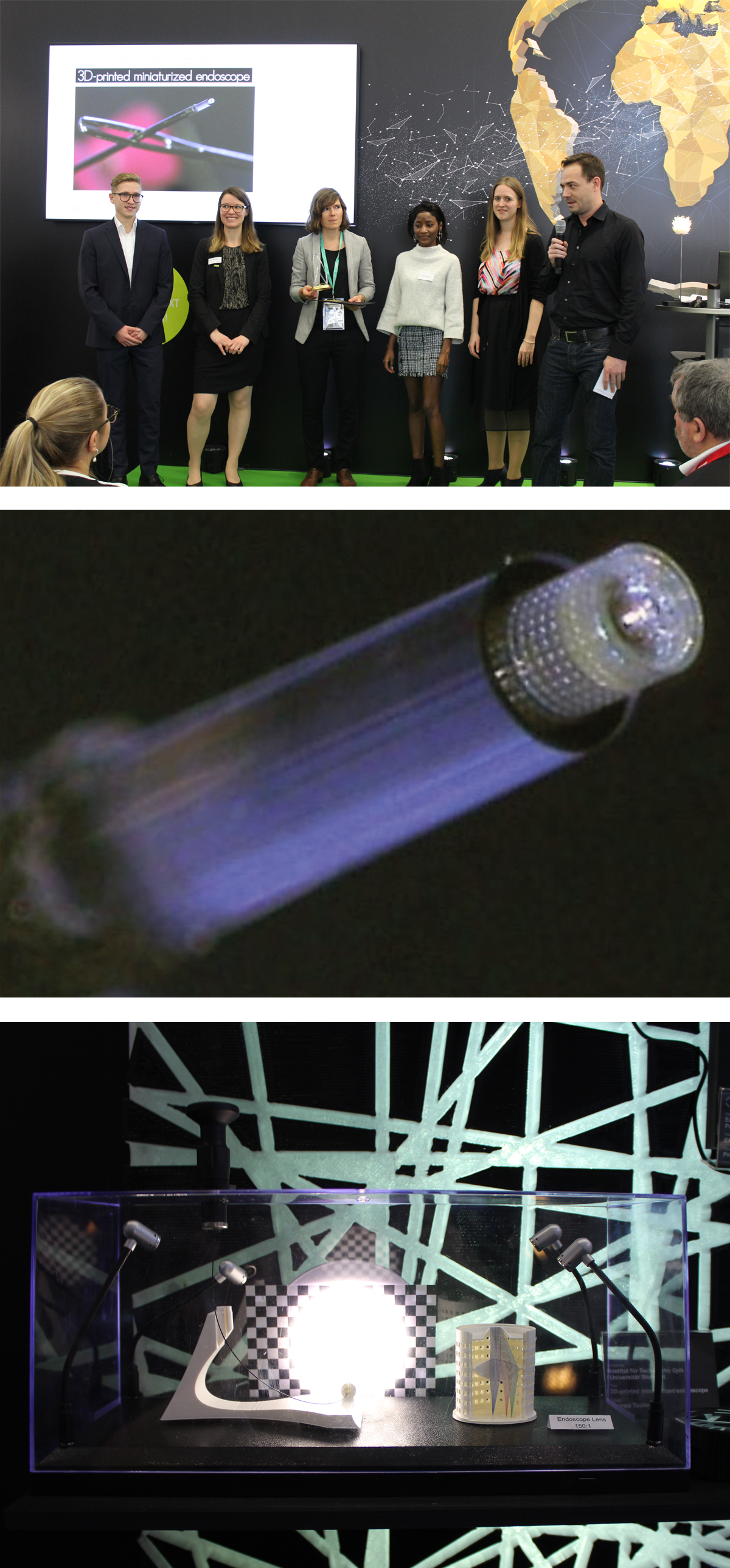 When it comes to our health, the size of surgical instruments is a very relevant factor. Of course, we want to be treated as noninvasively as possible. Keyhole surgery is already a vast field in modern medicine where the medical procedure is executed through a minimal incision and miniaturized equipment will further support this trend. Here, modern 3D printing can push the limits of endoscopic systems to the next level. It is now possible to 3D print imaging lens systems directly onto optical fibers. Thus, we can not only reach endoscope diameters of only hundreds of micrometers, comparable to a human hair, we can also exploit this freedom in optical lens design and are no longer limited to use conventional surface shapes.
When it comes to our health, the size of surgical instruments is a very relevant factor. Of course, we want to be treated as noninvasively as possible. Keyhole surgery is already a vast field in modern medicine where the medical procedure is executed through a minimal incision and miniaturized equipment will further support this trend. Here, modern 3D printing can push the limits of endoscopic systems to the next level. It is now possible to 3D print imaging lens systems directly onto optical fibers. Thus, we can not only reach endoscope diameters of only hundreds of micrometers, comparable to a human hair, we can also exploit this freedom in optical lens design and are no longer limited to use conventional surface shapes.
The product suggested here is a 3D printed miniaturized endoscope which has a maximum diameter of just 500 µm. The tip of an optical multicore fiber is equipped with a 3D printed imaging objective. Each image point is then transported by one core of the flexible fiber bundle. At the rear end of the fiber, which would be outside the human body in a surgical application, the image can be observed and recorded with a (video-)microscope. This miniature endoscope is so tiny, that it fits through an eye of a stiching needle or even a cannula and can transfer a color image from one end of the fiber to the other.
The micro-objective is fabricated with a two photon polymerization process using the 3D printer “Photonic Professional GT” (Nanoscribe GmbH). This 3D printing technique stands out due to its miniature voxel size of approximately 150-450 nm. Therefore, small volumes can be printed with optical quality and very high accuracy into a droplet of liquid photoresist which is subsequently developed and cleaned. In this product, the process is used to print directly onto the tip of an optical multicore fiber. The lens mount and the aperture of the system are designed such that they comprise an elaborate system of microchannels and holes so that the liquid photoresist can be rinsed after the 3D print. In a subsequent fabrication step, this microchannel system can also serve as a reservoir for non-transparent ink to increase the contrast of the image even further.
The product presented here is easily extendable. Further elements can be added to the 3D model and printed at almost no cost. Since the fiber cores can carry light into both directions, a part of the bundle could be used for illumination purposes. In this example, the outer cores transmit light in forward direction and a guiding system is added to the 3D model that directs the light towards the object by the use of total internal reflection and a concave end facet. At the same time, the image is carried by the inner core bundle in the opposite direction towards the observer. The 3D printed endoscope has the potential to surpass conventionally fabricated devices in multiple areas. The freedom provided by the production process can be fully exploited in optical design. Freeform surfaces and undercuts are possible and enable the optical designer to create multi-lens imaging systems that magnify, demagnify, or observe at an angle, which is an impossible task using conventional so-called GRIN lenses. The possible product line-up is thus expected to fill marked niches. Of course, these systems are highly relevant to our society since they push medical technical possibilities to the next level.
This product was developed in a joint project of the Institute of Applied Optics (Prof. Herkommer) and the 4th Physics Institute (Prof. Giessen) of the University of Stuttgart.
Simulation Driven Design: KUPOL R1-0 (Motorcycle helmet)
KUPOL INC. I Gabriel Boutin

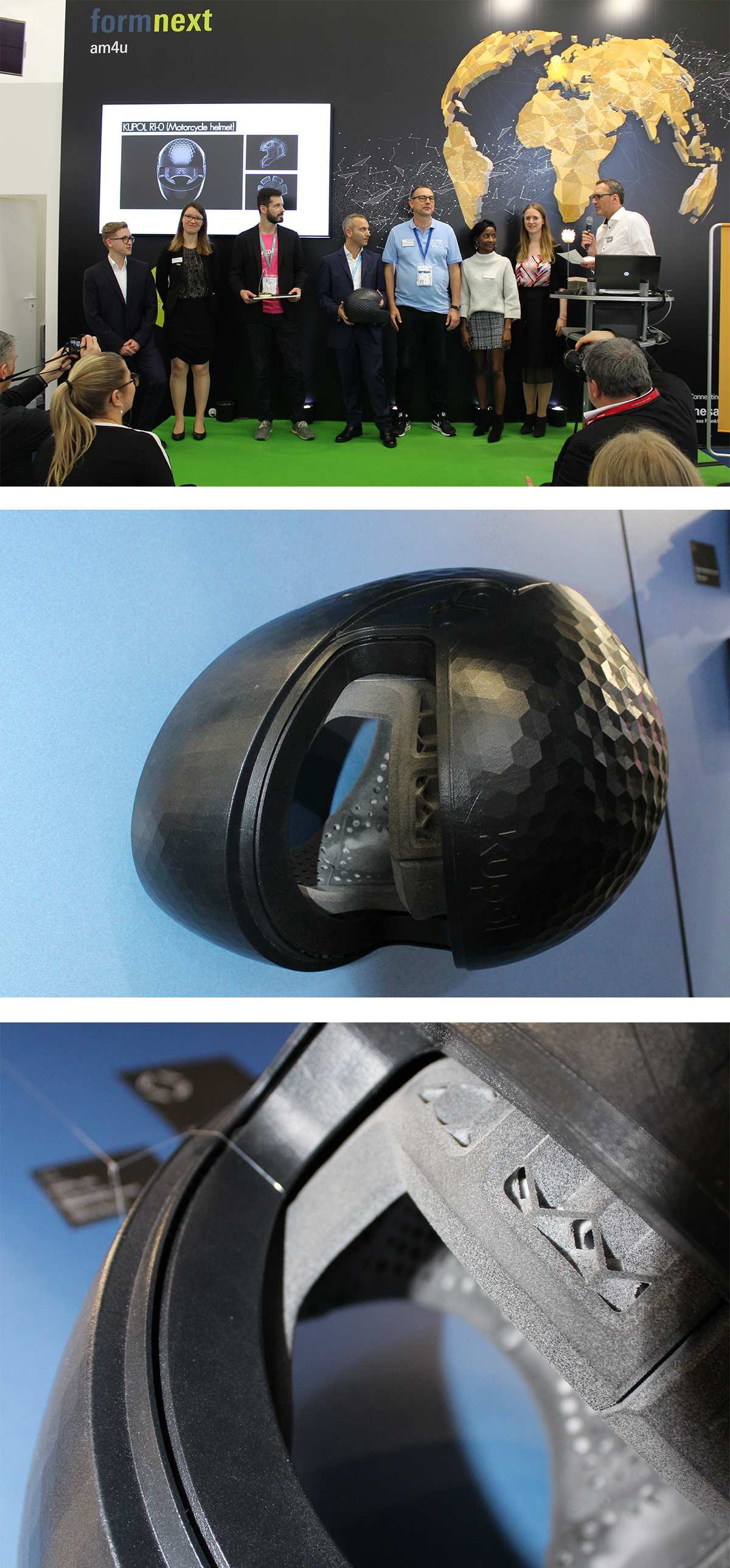 Kupol is a design and development company focused on product innovation, working with key representative partners to expand 3D digital manufacturing innovative products. They’ve been investigating protection padding applications with the new BASF ULTRASINT™ 3D TPU01 and saw a great opportunity to apply the benefits of Additive Manufacturing for an innovative new motorcycle helmet concept.
Kupol is a design and development company focused on product innovation, working with key representative partners to expand 3D digital manufacturing innovative products. They’ve been investigating protection padding applications with the new BASF ULTRASINT™ 3D TPU01 and saw a great opportunity to apply the benefits of Additive Manufacturing for an innovative new motorcycle helmet concept.
What’s unique about this application, is the combination of:
- A hard shell with integrated 3D structures (material: HP 3D High Reusability PA 11)
- the BASF ULTRASINT™ 3D TPU01 material smooth look & feel
- Very strong, thin (down to 0.4mm) walls and structures produced with HP Multi Jet Fusion (MJF)
Standard helmets have a significant amount of empty space between the protective foam and the user head that is filled with highly compressible fabric padding to fit a large spectrum of head morphology with no benefit to shock absorption and no guarantee over comfort. Kupol’s fully customized comfort padding made from TPU exploits this void with crucial protective features such as lower speed impacts and oblique impacts within less than 15mm of thickness; something never achieved before with any other production methods. This concept also addresses how users put the hat on - with a two-step process for an easier release than conventional products. Separating the main shell from the comfort padding removes the need to apply force to put the helmet on or take it off, protecting the ears in the process. The user simply puts the TPU ‘’cap’’ on and then slides the main PA11 shell over it, resulting in an enhanced user experience and a final product that offers improved protection. Beyond comfort and performance benefits - Kupol was able to achieve a compelling production cost for the TPU padding by printing the part in a folded position. The result is impressive: five complete units can be printed in a single build in only 12 hours on an HP Jet Fusion 5200 3D printer.
Kupol were able to improve product performance – yet the production cost of the PA11 shell is comparable to standard production methods, such as carbon fiber composites. Gabriel Boutin, CEO at KUPOL, strongly believes that 3D printing is set to transform the protective equipment industry – “It opens up an infinite playing field to engineer the future of body protection”. For an R&D enterprise like KUPOL, being able to iterate daily on end-user parts is an incredible advantage compared to other technologies. When paired with mechanical simulations and rigorous physical tests, this rapid pace of improvement leads to unimaginable levels of safety.
Designer’s name: Gabriel Boutin, KUPOL INC.
Official product name: KUPOL R1-0
Product dimensions: 347mm x 249mm x 251mm
Public Choice Award: 3D Printed Mountain Bike Frame
NMU ECO-CAR I Byron Blakey-Milner

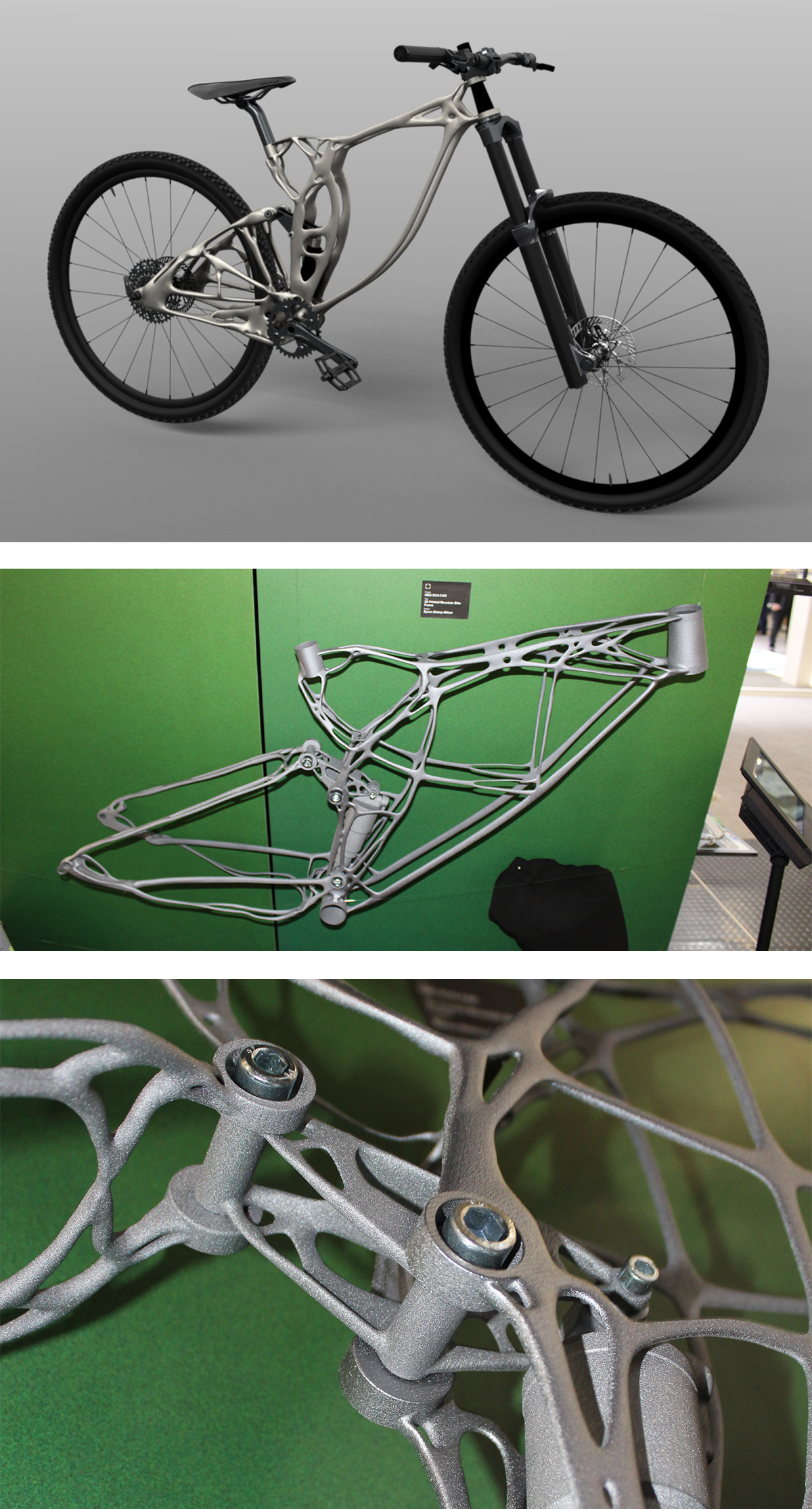 A mountain bike frame 3D-printed seamlessly in two parts consisting of the swing-arm and the main frame. This frame is designed to be printed on the Aeroswift SLM machine in South Africa in Ti-6Al-4V utilizing their extremely large bed size (2mx0.6mx0.7m).
A mountain bike frame 3D-printed seamlessly in two parts consisting of the swing-arm and the main frame. This frame is designed to be printed on the Aeroswift SLM machine in South Africa in Ti-6Al-4V utilizing their extremely large bed size (2mx0.6mx0.7m).Due to the extremely high cost of top of the range mountain biking components, this design could possibly compete with the high-end carbon fiber designs economically. Furthermore tools such as Topology Optimization as used in this project increase it‘s weight/stiffness competitiveness as 3D-Printers are not limited to single/split draw mold constraints like carbon bikes are.
This will be the first time a SLM bicycle has been printed without welding sections together and will be one of the largest metal 3D-Printed objects ever.
Here are this year’s finalists:
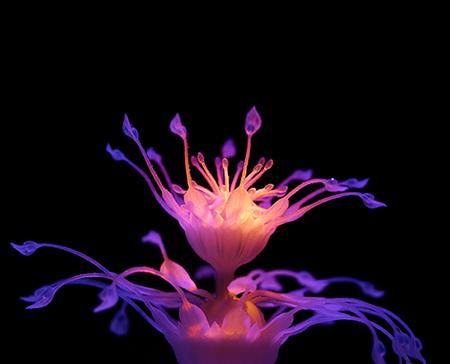
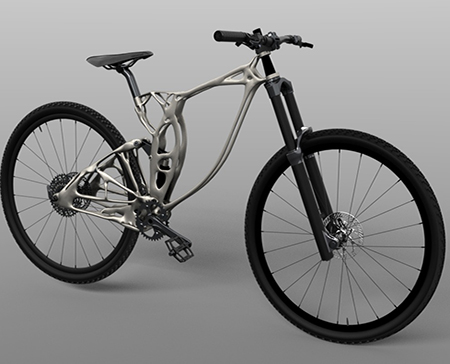
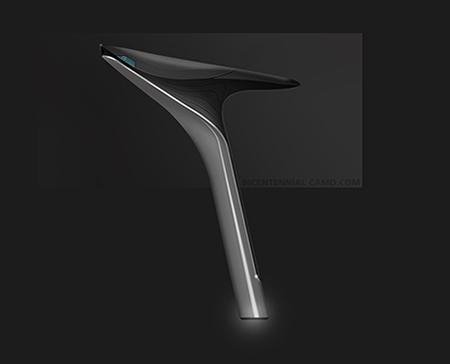
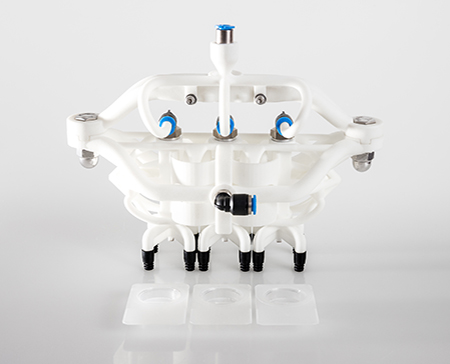
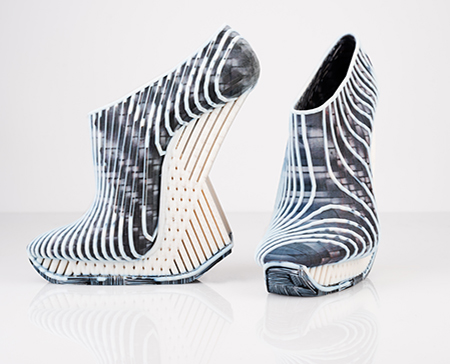
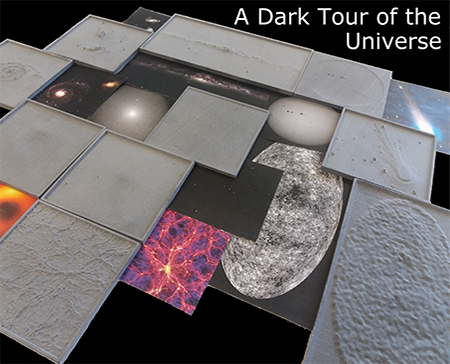
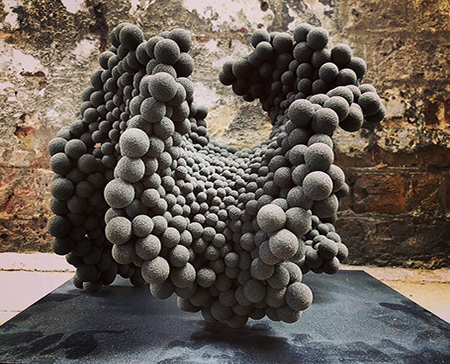

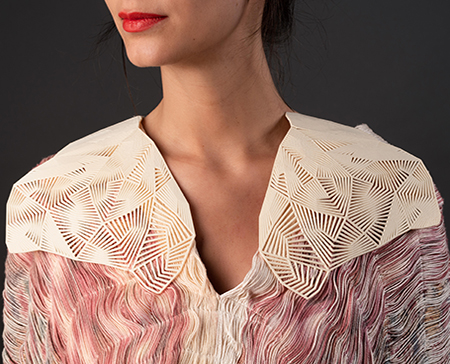
.jpg)
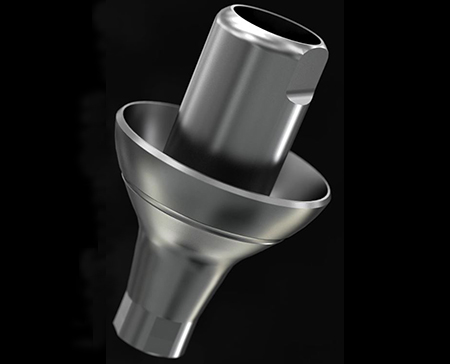
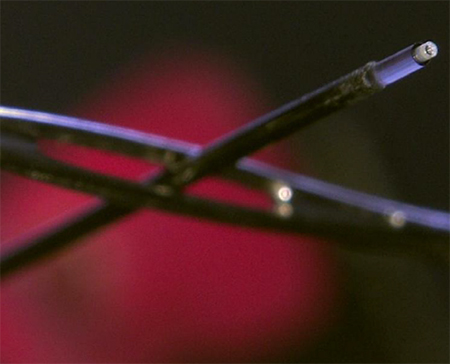
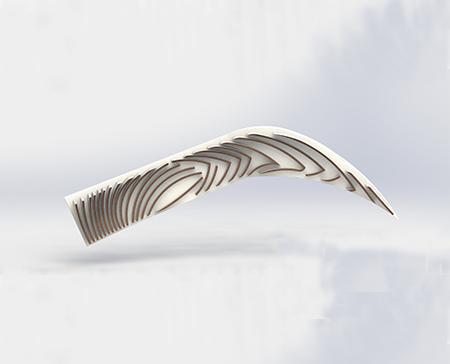
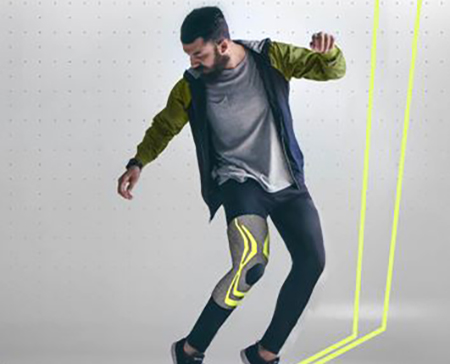
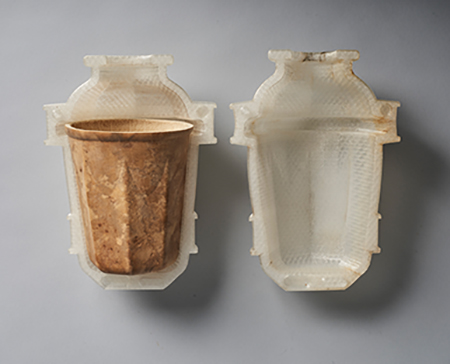
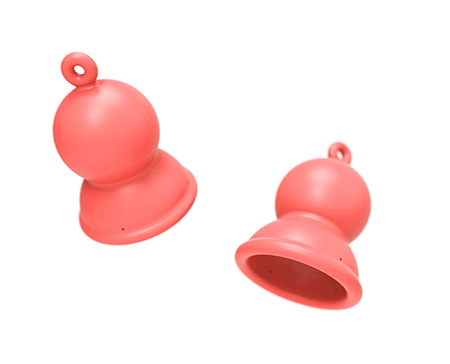
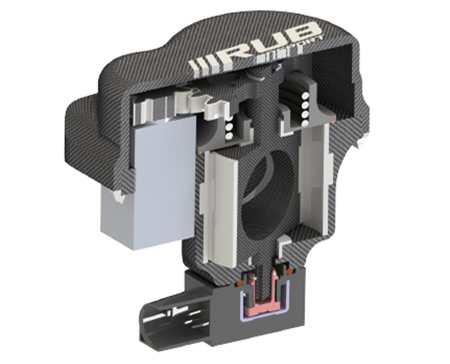
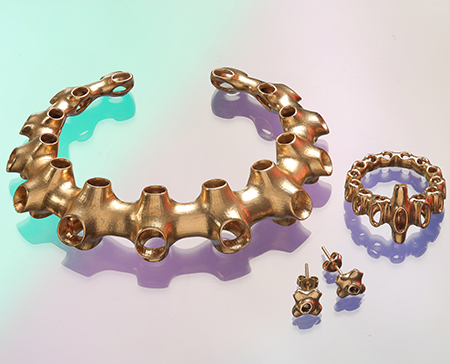
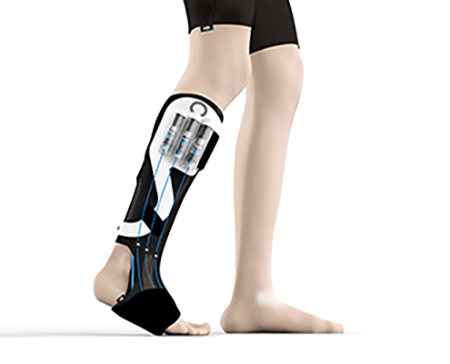
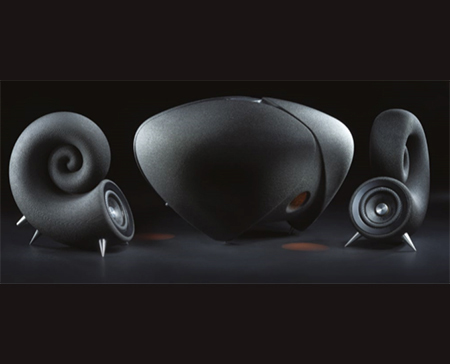
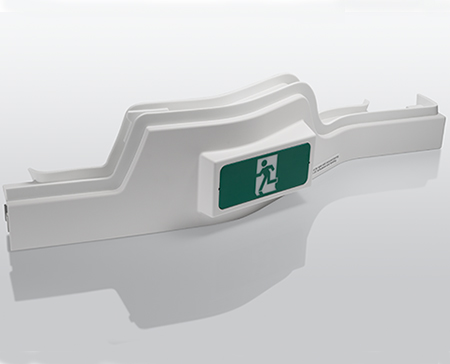
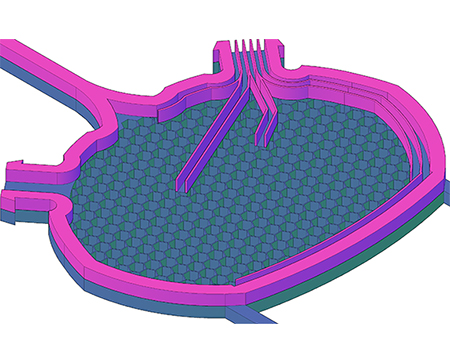
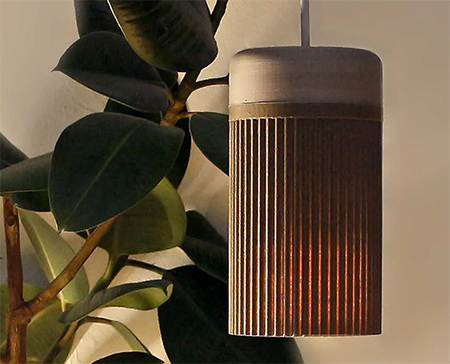
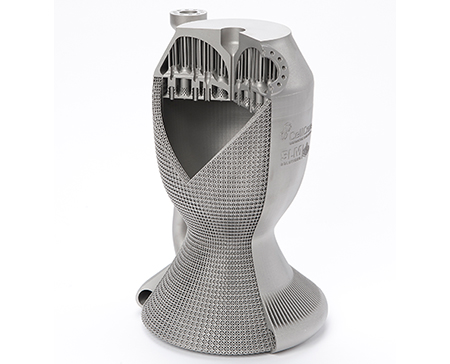
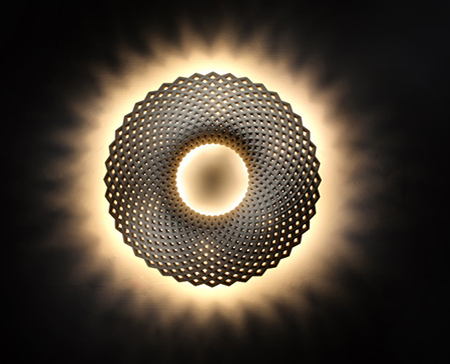
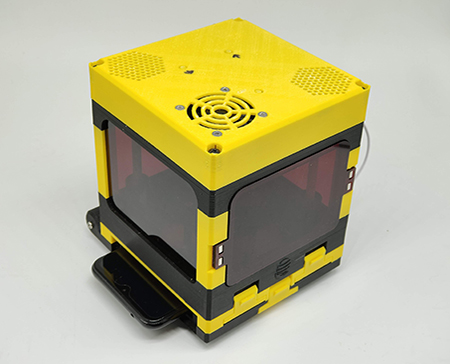
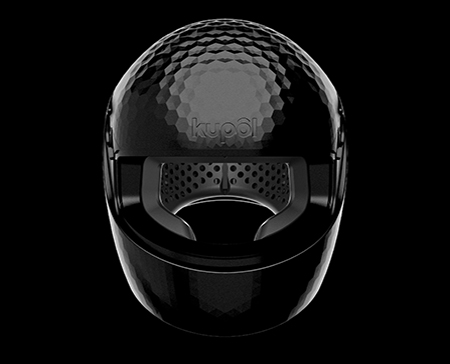
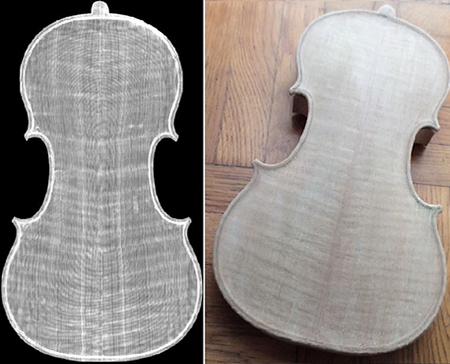
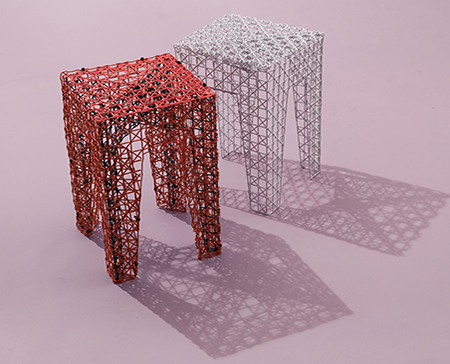
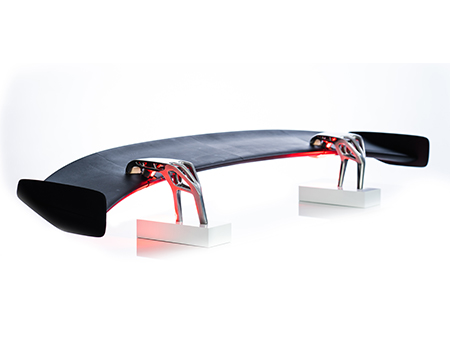
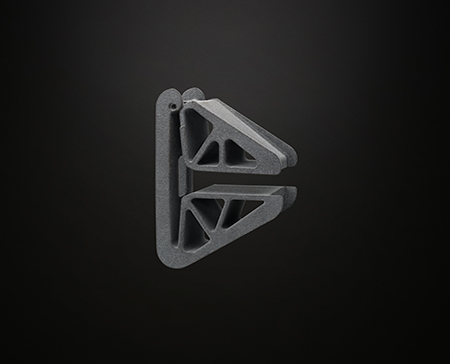
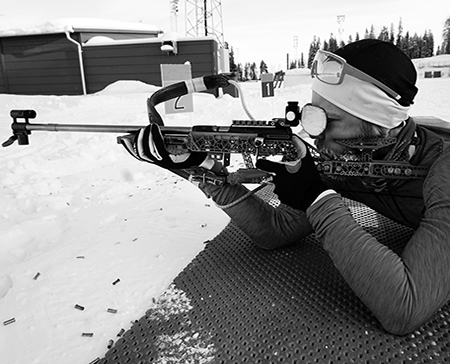
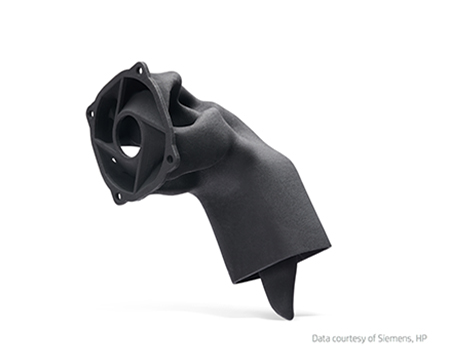
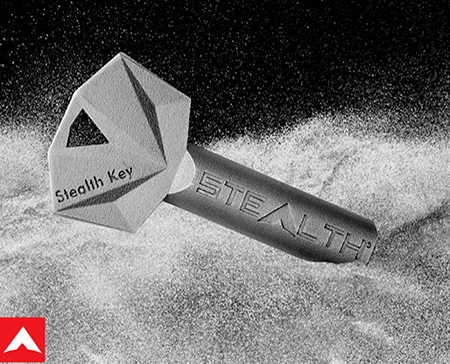
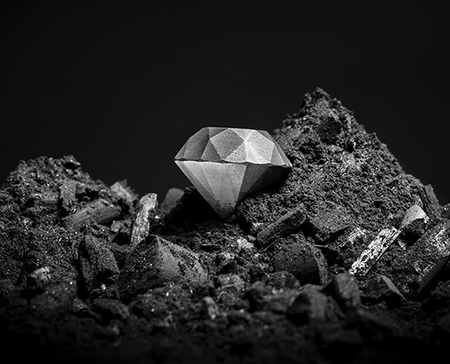
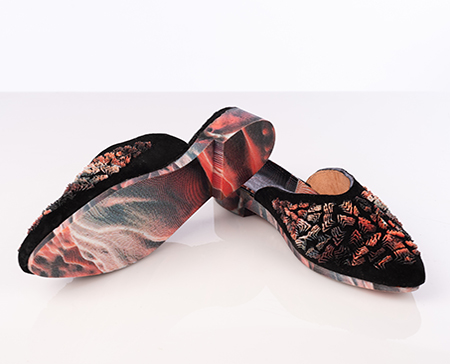
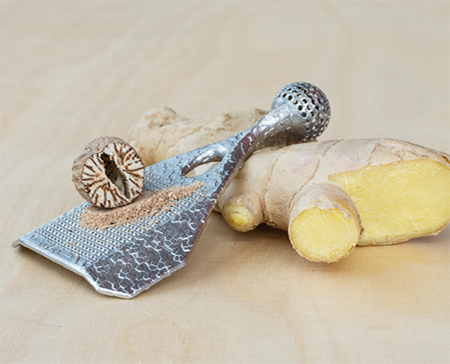

×
Handout Finalists: Finalists of the purmundus challenge 2019 [pdf: 9,0 MB]
Special thanks to our jury and our cooperation partners!
Jury 2019
Christoph Behling - Christoph Behling Design Ltd.Prof. Richard Bibb - Loughborough University
Isabelle Fröhlich - Volkswagen AG
Tilla Goldberg - Ippolito Fleitz Group
James Helliwell - hyperTunnel Limited
Dr. Alexander Hildebrandt - Festo AG & Co. KG
Frank Kleemann - Freelance industrial designer
Andreas Pany - Ernst Strassacker GmbH & Co. KG
Prof. Dali Sun - Beijing University of Technology
Graham Tromans - G P Tromans Associates
Dr. Clara Usma - Deakin University






